HAIRCARE
Defining Your Curl Pattern And Hair Porosity
Unlocking the Secrets: Defining Your Curl Pattern and Hair Porosity
Your hair is a crown you never take off, so it's important to understand its unique characteristics. Knowing your curl pattern and porosity levels can help you choose the right products and techniques for healthy, gorgeous hair. Let's dive in and unlock the secrets!
Understanding Curl Patterns
Curl patterns are defined by the actual shape and structure of each strand of hair. They range from straight to wavy, curly, and coily textures. Your curl pattern is determined by the symmetry and helical formation of the hair’s strands.
Straight Hair:
Straight hair follicles have a cylindrical shape that causes strands to grow outward in a straight line. The hair lies flat from the roots and lacks any curved shape.
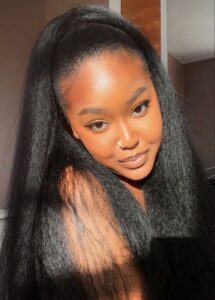
Wavy Hair:
Wavy hair has a slightly curved “S” pattern. The cross-section is somewhat oval-shaped, creating a loose, sunk-in wave pattern rather than tight spirals.
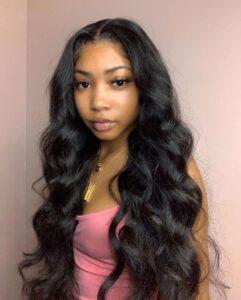
Curly Hair:
Curly hair strands have a helical, spiraled structure that circles down from the roots in tubular ringlet shapes. Curlier patterns have a more elliptical-shaped cross-section.
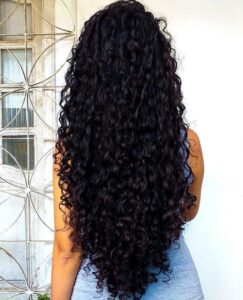
Coily Hair:
Coily textures have very tight zig-zag curl patterns that resemble springs or coils. The strands have an extremely elongated cross-section that allows for maximum curve and kink.

Your curl pattern affects how your hair behaves – how products absorb, how moisture is retained, what styles will hold, and more. Straighter patterns tend to be lower maintenance, while curlier textures usually require more intentional care and styling techniques.
Exploring Hair Porosity
In addition to curl pattern, hair porosity is another key factor in how strands retain moisture and absorb products. Porosity refers to how well the hair’s outer cuticle layer allows moisture to penetrate the strands.
Low Porosity Hair:
Low porosity hair has very tight, compact cuticles that repel moisture, making it difficult for water and products to be absorbed. The cuticles lie flat against the hair shaft.
Normal Porosity Hair:
Normal or medium porosity means the cuticles aren’t too tight or too raised. Water and moisture can penetrate reasonably well while still being retained.
High Porosity Hair:
High porosity hair has gaps or cracks between the raised, open cuticles that allow moisture to be absorbed quickly but also lost rapidly. The strands feel rough and dry.
You can do a simple test to check your hair’s porosity:
The Float Test:
Take a shed or snap off a few strands of hair and let them sit in a glass of water. If they sink immediately, you likely have high porosity hair. If they remain floating for 2-4 minutes before sinking, you have normal porosity. And if they never sink, even after leaving them overnight, you probably have low porosity.
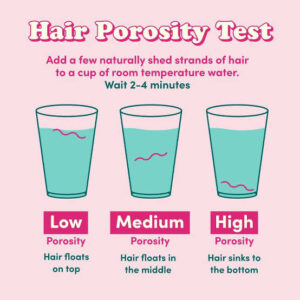
The Spray Test:
Spray a bit of water onto a section of dry hair. If it quickly soaks in and makes your hair feel wet or damp, you have high porosity. If water sits on top and takes a while to absorb, you likely have lower porosity.
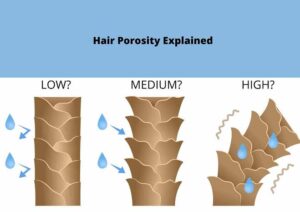
Your porosity affects which ingredients and products your hair needs. Low porosity may require more cuticle-lifting ingredients to aid absorption, while high porosity thrives on rich moisturizers and protein treatments.
Caring for Your Curl Pattern and Porosity
Now that you understand your curl pattern and porosity levels, you can start tailoring your hair care routine accordingly. Here are some tips for different curl types and porosities:
Low Porosity Hair:
– Use lighter liquid/cream stylers like leave-in conditioners and curl creams rather than thick butters/pomades that won’t absorb
– Weekly deep treatments with cuticle-lifting ingredients like apple cider vinegar or rice water rinses
– Avoid heavy oils, silicones and moisture-blocking ingredients
– Limit protein treatments to prevent overload and stiffness
– Concentrate products on ends rather than scalp area

High Porosity Hair:
– Rich, ultra-moisturizing deep conditioning masks with humectants like glycerin, honey, aloe
– Use light protein treatments monthly to fill in gaps/damage
– Steam treatments help raise cuticle so moisture penetrates better
– Layer creams/butters underneath oil sealants to lock in hydration
– Limit use of clarifying, drying shampoos
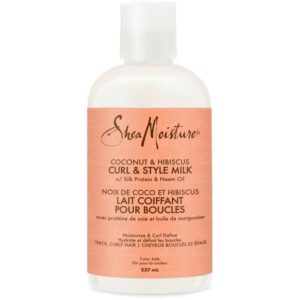
Loose Waves/Curls:
– Finger coiling or using a wide-tooth comb to shape waves while hair is wet
– Mousses and lighter curl creams are great for enhancing pattern
– Let hair dry in microfiber towel or cotton t-shirt rather than rough terry towels
– Quarterly trims keep ends healthy and shaped
Tight Coils/Kinks:
– Two-strand twist outs, braid outs or bantu knots create elongated curls
– Use a brush with mixed bristles to gently detangle and distribute product
– Thicker creams, custards and gels give frizz control and hold
– Low-manipulation protective styles retain length and moisture
– Spritz with water daily and seal with oils/butters for softness
No matter your texture, be gentle when detangling and styling to prevent excessive shedding and damage. Deep conditioning is crucial for all curly girls! Experiment and find the right cocktail of products and techniques for your unique curl pattern and porosity.
Embracing Your Natural Beauty
Your curl pattern and porosity are special traits that make your hair beautifully unique – don’t see them as obstacles to overcome! There are countless examples of people flourishing by fully embracing their natural texture.
Different textures are beautiful! But it does take some trial and error to find what truly works for your hair’s specific needs. The key is being patient and embracing your natural curl pattern and porosity rather than fighting against them.
So keep experimenting with various techniques and products until you discover your holy grail routine. It may be a journey, but seeing your gorgeous, healthy, defined curls flourish makes it incredibly rewarding.




